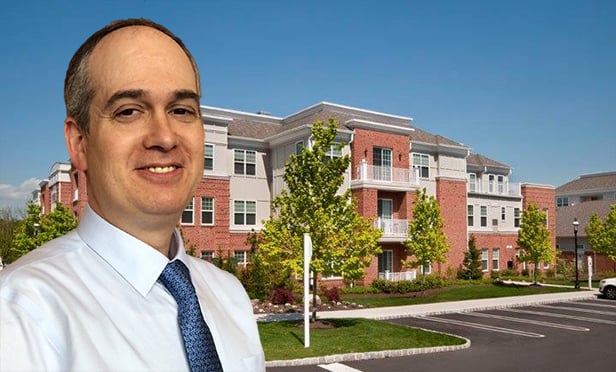 ASTM recently released updates to the E2600-15: Standard Guide for Vapor Encroachment Screening on Property Involved in Real Estate Transactions . The update includes many changes that are important to the professionals completing the work, but have no practical impact on users. The use of more precise language in some definitions or the addition of new definitions, for example, improves the Guide; but probably do not warrant close review by most users. What are key items to be aware of?
ASTM recently released updates to the E2600-15: Standard Guide for Vapor Encroachment Screening on Property Involved in Real Estate Transactions . The update includes many changes that are important to the professionals completing the work, but have no practical impact on users. The use of more precise language in some definitions or the addition of new definitions, for example, improves the Guide; but probably do not warrant close review by most users. What are key items to be aware of?
Why Vapor Risk Is a Concern
Property value, business operations, occupancy and cash flow can be significantly impacted when contamination is found at a property. Contamination affecting soil or groundwater is generally confined below the ground surface soil, which can limit the impact on occupants and properties unless it becomes necessary to remediate the issue, usually as a result of regulatory requirements or the discovery of contamination as a result of property transfer or refinance of the property.
Some contaminants; however, can be released from impacted soil or groundwater in vapor form. When those vapors migrate into structures, the equation is changed. Resultant health risks to occupants can expose them to health threats which can disrupt business operations, reduce occupancy, and require more immediate cleanup or mitigation. In some cases, it could even allow tenants to break or renegotiate an over-market or otherwise undesirable lease, which may dramatically affect the cash flow and value of properties. This is true whether the vapor originates on-site, or has migrated to the property from an off-site source.
The updated ASTM E2600-15 standard intends to provide improved guidance for how vapor migration risk should be assessed and classified during pre-transaction due diligence.
Some Key Things Did Not Change
Regulatory Requirements HUD here Relation to Phase I Environmental Site Assessment Phase I ESA
- Just as there is no requirement for specific statements concerning soil or groundwater impacts, there is no requirement that the Phase I include a specific statement regarding the presence or absence of vapor migration.
- The Phase I standard cites the E2600 Guide as one possible way of assessing vapor migration, but does not require the use of any specific methodology. Environmental professionals may rely on the principles of E2600, or may evaluate related impacts in other ways. (Note that there is no published methodology for evaluation of the migration of contaminated groundwater or contamination in soil. The methodology provided in E2600 is unique in this way.)
Tiered Assessment Vapor Encroachment Condition (VEC)
What Did Change?
Conclusions of the Assessment
- A VEC exists,
- A VEC is likely to exist
- A VEC cannot be ruled out, or
- A VEC can be ruled out
Relationship of Vapor Encroachment to Vapor Intrusion
- Vapor encroachment refers to the presence of certain vapors in the subsurface of a property as a result of a release of hazardous materials. The term “Vapor Encroachment Condition” is defined in the Guide.
- Vapor intrusion occurs when these vapors migrate into a structure located at the property. The term “Vapor Intrusion Condition” (VIC) was defined in the original E2600 Guide, published in 2008, but was removed from the Guide in 2010. Though the likelihood of vapor intrusion may be considered in determining a particular condition may be de minimis (and therefore not a REC), an express evaluation of vapor intrusion into buildings is beyond the scope of the Guide.
What Do the Changes Mean To You?
Administratively, if your scope of work or engagement documents reference ASTM E2600-10, the reference should be revised, either to E2600-15, or to more generically refer to the current version in order to avoid further updates to reflect any future modifications of the Guide. If you have historically used or required the use of the E2600 Guide, you should expect the report conclusions to reflect the changes outlined above. If, for whatever reason, you prefer the former conclusion scheme, you should modify your scope of work to make that requirement clear. About Bill Tryon As Director of Strategic Development for Partner Engineering & Science, Inc., Bill Tryon focuses on advancing key risk management initiatives from an environmental, engineering and construction risk standpoint. Bill has a long track record of innovation, and hopes to educate the industry on best practices to control risks, reduce costs and create a competitive advantage. Through The Science of Real Estate forum, Bill will provide regular updates from across the CRE risk management world.
© 2025 ALM Global, LLC, All Rights Reserved. Request academic re-use from www.copyright.com. All other uses, submit a request to [email protected]. For more information visit Asset & Logo Licensing.








